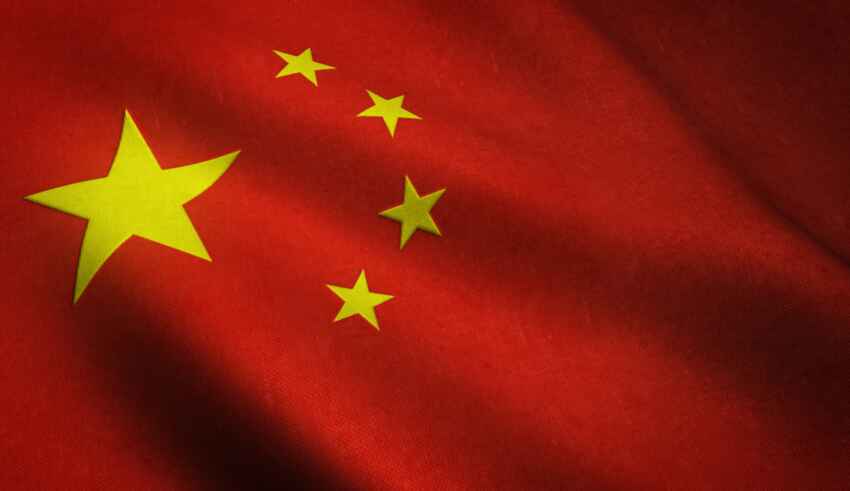
In recent months, the Chinese Coast Guard and Beijing’s maritime militia have engaged in perilous manoeuvres, hindering and harassing the Philippine Coast Guard and Armed Forces of the Philippines during resupply missions to the BRP Sierra Madre in Ayungin Shoal. As tensons rise, China recognised the risk of involving the US, which has mutual defence treaties with the Philippines, and decided to employ “grey zone” tactics to assert control over the South China Sea, without appearing to be engaging in acts of war.
Grey zone activities typically fall below the threshold of armed conflict and may not necessarily be considered acts of war, yet they effectively achieve the goal of asserting control over a specific area. For example, leading up to and following the 2016 arbitral ruling of the Permanent Court of Arbitration in favour of the Philippines, China employed various maritime grey-zone tactics, including constructing artificial islands and military installations in the Philippines’ exclusive economic zone, displacing Filipino fisherfolk using its maritime militia, and using military-grade lasers and water cannons to disrupt resupply missions. China obviously does not explicitly label its approach as the “grey zone,” but its deployment of these tactics in the South China Sea contributes to regional instability, undermining the rules governing maritime space and furthering China’s expansionary campaign to control the West Philippine Sea.
Importantly, China’s militarized coercive manoeuvres in the West Philippine Sea are complemented by political and diplomatic measures. The Chinese Communist Party previously used the nine-dash line to illustrate the country’s claims to the South China Sea. The 2023 version of China’s standard map now shows 10 dashes, signalling a claim to expansion. Similarly, China also carries out information campaigns shaping domestic discourses. For instance, there is an ongoing narrative in the Philippines on social media portraying the Chinese Coast Guard as a civilian service, suggesting that combating their manoeuvres does not require invoking the Philippines’ Mutual defence Treaty with the United States. This narrative implies that China is doing the Philippines a favour by not using its Navy and maintaining this ambiguity benefits China.
The approach taken by China has raised concerns among other countries in the region, as well as the international community. China’s claims and actions have been particularly opposed by the US, which conducted freedom of navigation operations in the region. Japan has also sold military ships and equipment to the Philippines. India is also significantly impacted by China’s claim to the South China Sea; not only it threatens established regional power dynamics but it also hinders India’s energy interests which rely on freedom of navigation in the South China Sea. As a result, although India had historically taken a neutral position to conflicts in area, China’s expansion policy has prompted it to bolster its naval presence in the region and forge ties with countries like Vietnam. As the tensions rise and extent to more players in the region, everyone’s interests begin to be at stake.
The South China Sea is the epicentre of the Indo-Pacific and as such it is also essential for trade; if China was to have control over it, it would have a significant leverage on the rest of the international community. This obviously needs to be contextualised in a situation in which the US-led world order is struggling to keep afloat whilst China and its allies seem to gain ground and to be forging always closer alliances. Given China’s lack of recognition of international tribunal decisions and its indifference to the actions taken by the US so far, what other countries will have to resort to is making mutual-defence agreements with countries in the region. This way, the more of these agreements, the more deterrence. An example of this is the recently signed memorandum on defence cooperation between the Philippines and Canada. The memorandum, as stated by Manila’s defence minister could later lead to a troop pact between the two countries. The potential structure of this agreement has not been clarified but it is likely to follow along the lines of that already in place between the Philippines and the US which allows for the periodic rotation of numerous American troops for military drills and exercises in the Philippines. Therefore, we can expect that the latest memorandum with Canada would initiate collaboration between the defence and military sectors of both nations in areas such as military education, training exchanges, information sharing and peacekeeping operations. It is argued that this kind of cooperation is the right way forward to try to contain China’s otherwise unchallenged claim to the South China Sea.
Finally, in recent years China has been carrying out many “grey area” activities to impose its influence in the South China Sea against other regional players’ legitimate claim to it. Its strategy has combined military, political and diplomatic activities, which overall proved very efficient. Given the strategic importance of the South China Sea, the international community must counterbalance China’s claims in an attempt to preserve regional stability and their own interests, especially with regard to trade. Arguably, the best way to do so is through multi-lateral defence agreements which would most likely deter China from going too far.
By The European Institute for International Law and International Relations














